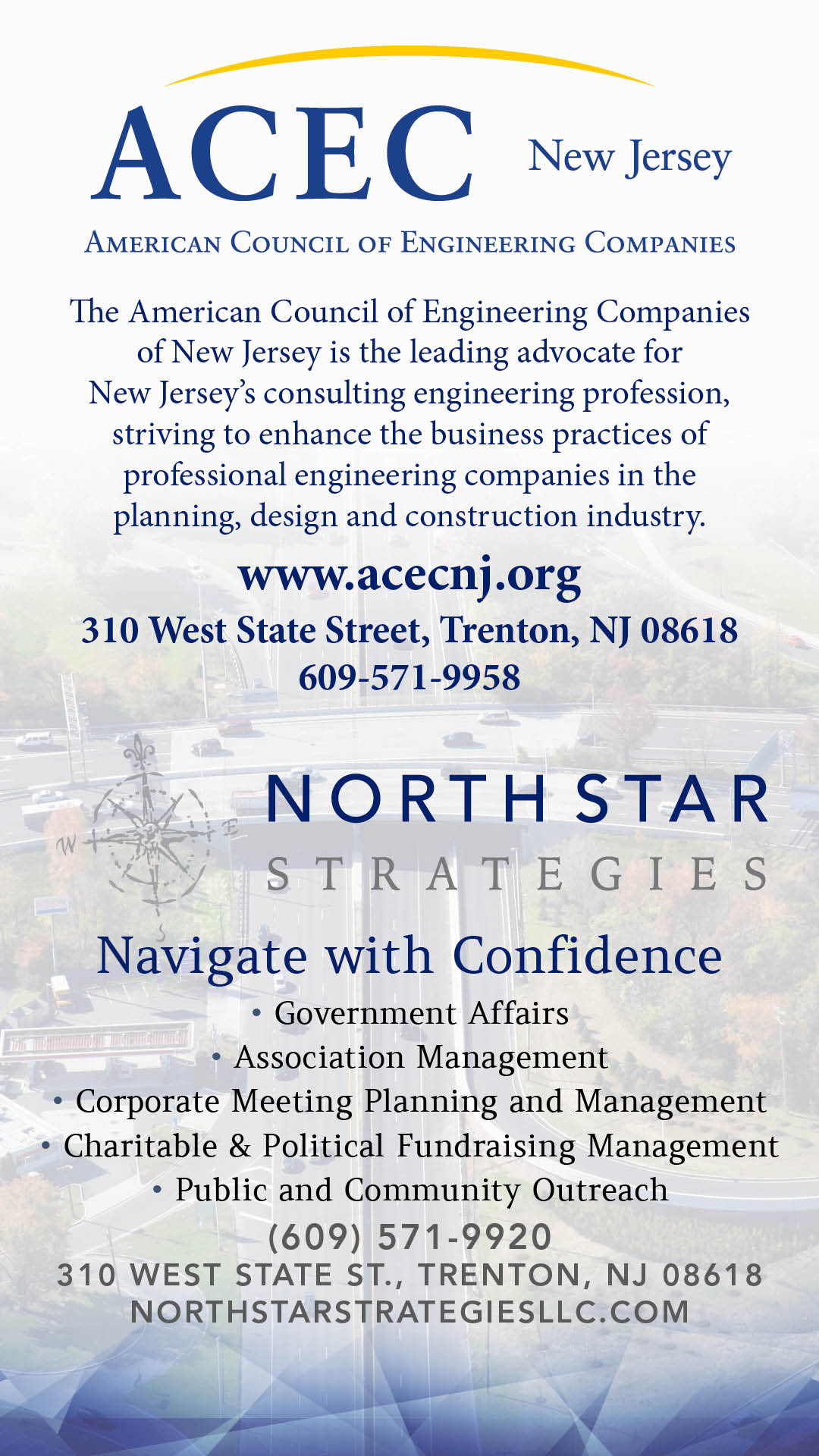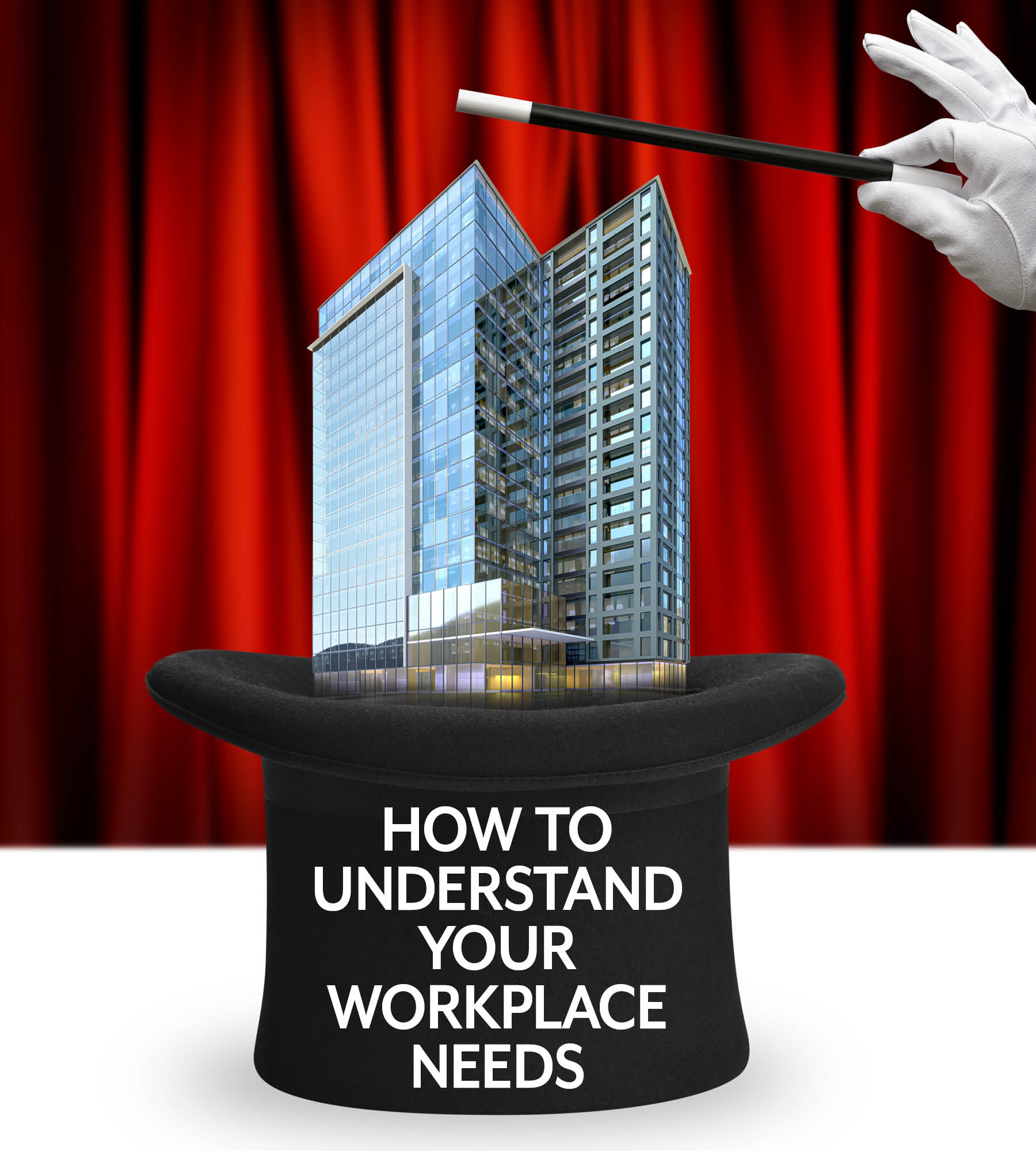Language
You can read the magazine in one of the following languages
As we roll into 2024, a lot of people will be asking themselves the question: is work working? For many, the answer is no. But before you hand in that resignation, I would like you to consider some concerns I have about this approach.
As an organizational consultant, I am acutely aware of the importance of how we spend our time – and it’s not controversial to say that we all spend a lot of time at work. The way we spend our time, when we get this right, will help us to thrive.
What I see regularly play out in the lives of people that I am working with is that they recognize that something isn’t right at work and then move immediately toward action, in the form of resignation.
Don’t get me wrong, I applaud people for recognizing they need to make a change, as so often we sleepwalk through our life not being aware of the impact our working life has on our health and wellbeing.

People make loads of changes, some big, some small, but without any real assessment of what they are trying to address.
My concern with the Great Resignation lies with moving immediately into the action phase. I like to describe this as the scattergun approach. People make loads of changes, some big, some small, but without any real assessment of what they are trying to address; they don’t ask themselves what it is about work that isn’t working.
Without this type of consideration, I see it as all too possible that the changes you make under these set of circumstances, which may include resignation, may not solve the problem.
Before you take action, use a framework to consider what it is that gives you fulfilment at work. Using a framework allows you to assess your current circumstances, identify the gaps and then focus your attention on the specific areas that you want to change.
I believe that a true understanding of one’s problems with work requires more than just listening to a gut reaction. Changing a circumstance that is no longer feasible often demands a deep consideration of your goals and values, as well as structured planning. The framework that I use that outlines the core drivers for health and wellbeing in the workplace is called MAGIC.
This acronym essentially describes the simple human systems that make work rewarding. So often when I get called in, whether to work with an individual or a team, I hear that things ‘just haven’t been right’ for quite some time. But there had been no time for pause, no review of the wider company culture and no consideration that it might be time to take stock, reflect and to change course.

A framework allows you to assess your current circumstances, identify the gaps and then focus your attention on the specific areas that you want to change.
MAGIC provides this framework, both for teams and individuals, and can be implemented at any and every stage of a person’s life cycle at an organization, right from the time they apply for the job until they leave.
So what is this MAGIC? It is an acronym for the principles that I have identified as missing from most people’s working lives by the time I get called in: Meaning, Authenticity, Ground Rules, I and Curiosity.
So why MAGIC? All magicians know that magic – the kind that leaves people feeling like they’ve witnessed the impossible – isn’t something that just happens.
The incredible results, the ability to wow an audience and pull rabbits out of hats, is actually the result of dedicated practice. It also means following a specific formula in an ordered and consistent manner, whether you are a member of a team or someone who leads a team (or perhaps somewhere in between).
In my experience, there are three areas that are dramatically influencing increasing negative attitudes toward work: mental health, loneliness and tech burnout.
I believe it is time to re-evaluate and reimagine our relationship with work and consider that rather than draining us and depleting our health, which so often people describe to me, work can actually contribute to our health and wellbeing.
My book Work Your Magic offers a pathway to diagnosing the specific issues at play in the workplace and, most importantly, what you need to do as individual or a workplace to make a change.

I have a quick quiz on my website for you to take that will highlight the areas that you need to focus on. You might be working through this for yourself or perhaps you will be thinking of how this applies to your team. It will give you an idea of which part of the MAGIC framework is missing for you.
And if you are a business owner or you manage a team and you are wanting to avoid the Great Resignation at your workplace, it is important to remember that when we establish systems that support people’s health and wellbeing, all will flourish.
When we and our team members are thriving, the business thrives. When teams are made up of people who are uninspired and depleted, it is hard to imagine that they are able to progress through their business goals. So that’s why everyone benefits from introducing a little MAGIC.

Sharon Darmody
Contributor Collective Member
Sharon Darmody is an occupational and organizational therapist and coach, author and Co-Founder of Strive Occupational Rehabilitation. She has served on the Australian Rehabilitation Providers Association and is widely respected in the industry, with more than 25 years of experience in occupational and organizational therapy. Her new book, ‘Work Your Magic’, is designed for leaders at all levels to help teams and individuals rediscover what makes work ’work‘ again. A practical guide for creating a new work order, using Sharon’s MAGIC framework, it also explains how to identify exactly what has gone wrong. For more information, go to https://striveor.com/
